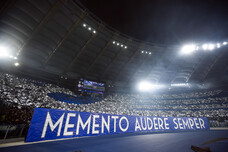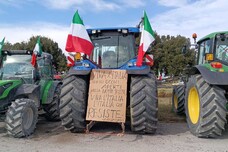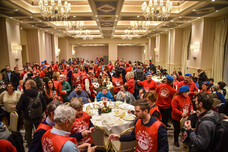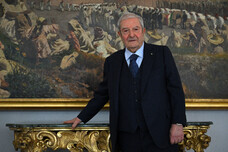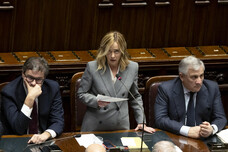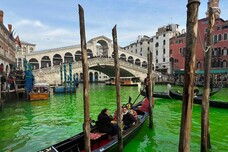Art historian Romano Cordella, author of 'Norcia and its territory', told ANSA that Norcia has lost "part of its past" as he detailed the long list of priceless cultural history that was lost in Sunday's 6.5-magnitude earthquake.
The Basilica of St.
Benedict, the St. Mary Cathedral, the
churches of St. Francis, St. Rita and St. Agostino were all
affected - with St. Benedict completely gone in a total
collapse.
"Only the late Gothic facade is still standing - a symbol
of the city and its pride," he said, adding that none of
Norcia's churches went unharmed.
"The bell tower of the Basilica of St. Benedict, one of the
wonders of Umbria for its height and its decoration, was raised
in 1388 and then the upper part was rebuilt after the earthquake
of 1703".
He said that the Basilica of St. Benedict fell three times
in the 1700s and the Celestine monks who lived in the monastery
there rebuilt it three times.
The crypt held the remains of Roman-era Norcia, the "Nursia
romana", which Cordella said are among the most substantial
still in existence.
Two-thirds of the church of St. Mary Argentea collapsed,
"burying an 18th-century organ with it" Cordella said.
"We hope that the celebrated wooden crucifix made by
Giovanni Tedesco at the end of the 1400s wasn't harmed, as well
as two recently restored wooden statues of St. Claudius and St.
Rocco".
As for Norcia's future, Cordella said that it will "rise
from the ashes like the Phoenix and perhaps find another
prosperous era like the one that has now been cut down".
"But with this earthquake, Norica loses another
irreplaceable part of its past, just as it has in another times
during its history, for other earthquakes," he said.
"Norcia has lost a part of its 19th-century imprint that
made it so distinct from the Medieval countenances typical of
other Umbrian cities".
At this point, Cordella said, it's essential that Norcia
manage to conserve the cultural heritage that remains, including
the Castellina Museum, the Criptoportico, the Auditorium, the
theatre, the archive, the city library, and the many churches
throughout the area.
ALL RIGHTS RESERVED © Copyright ANSA



